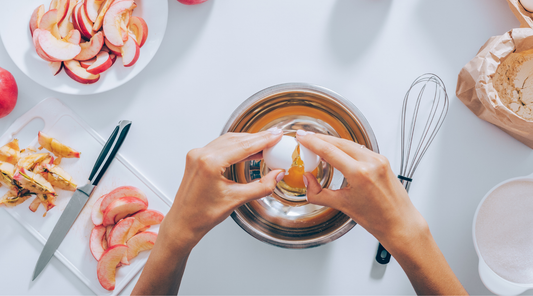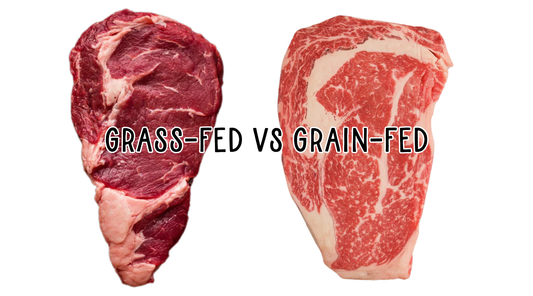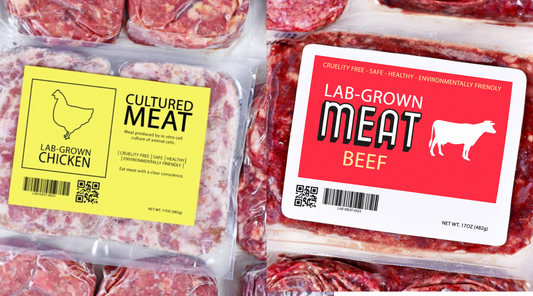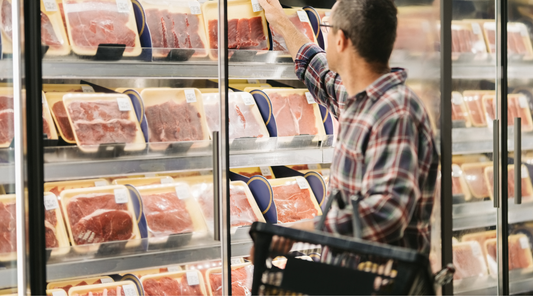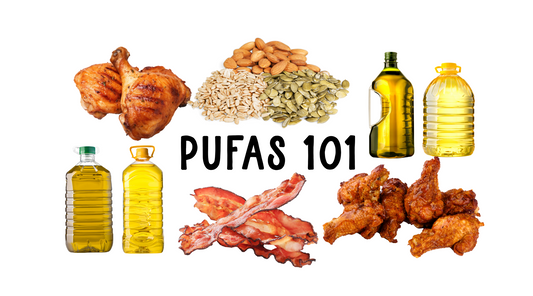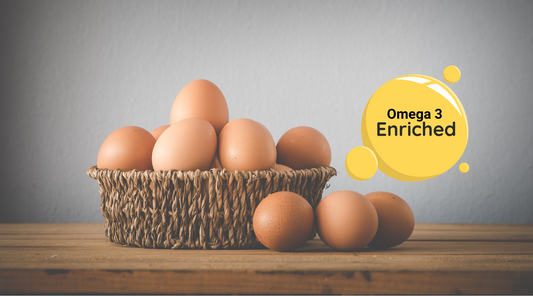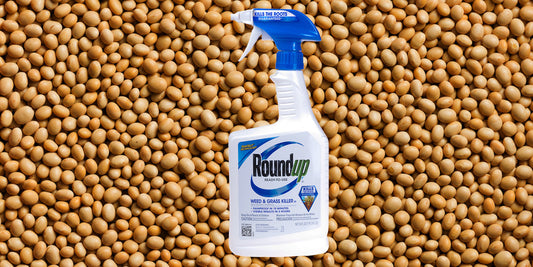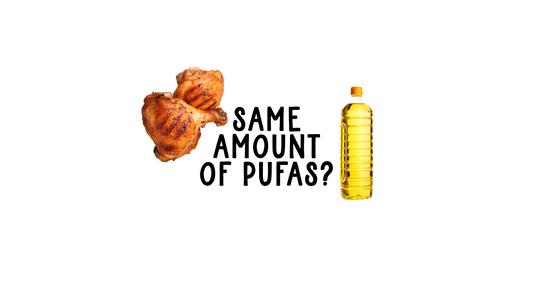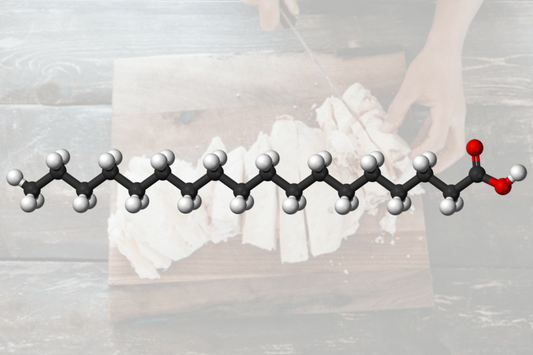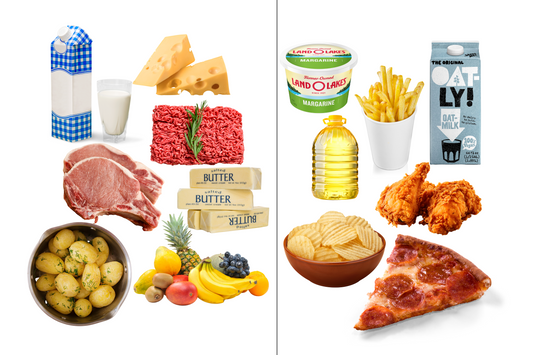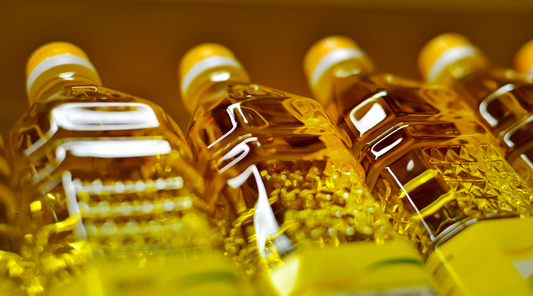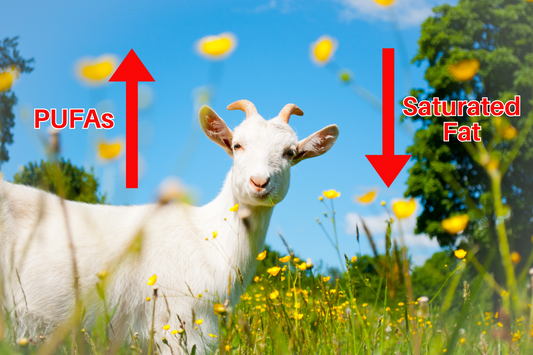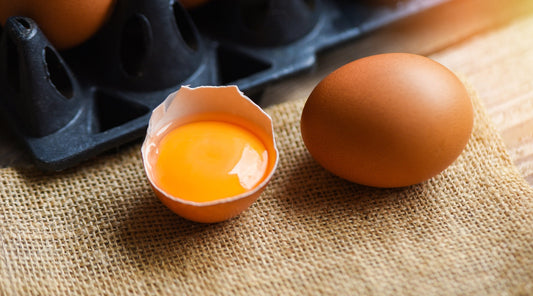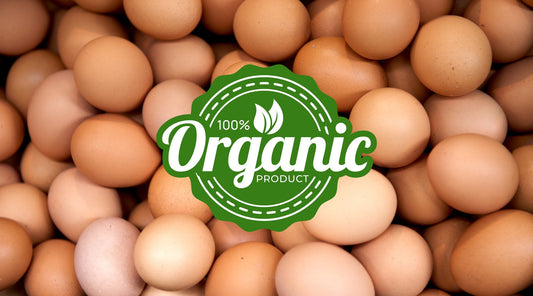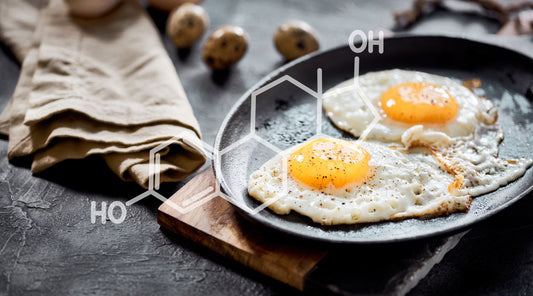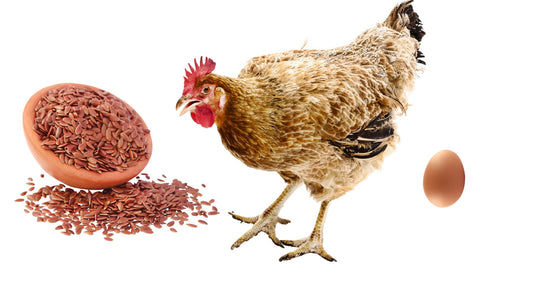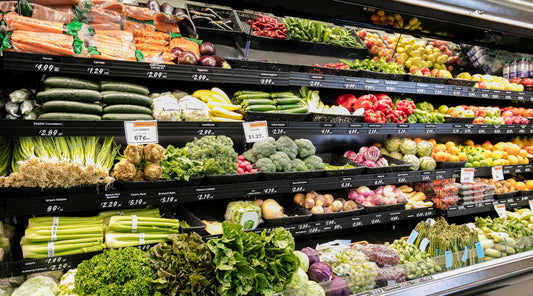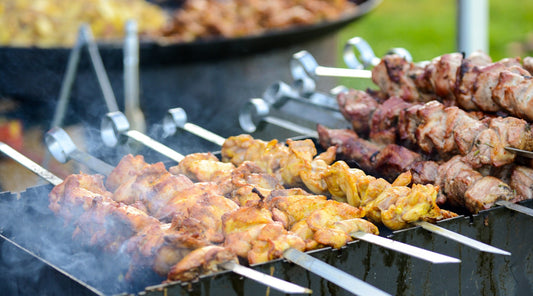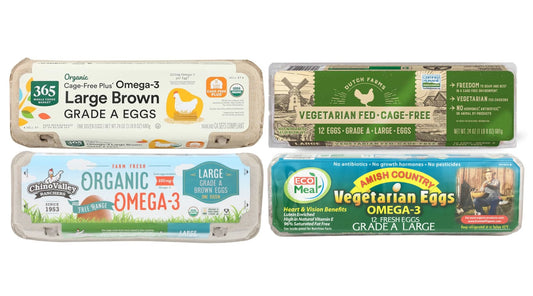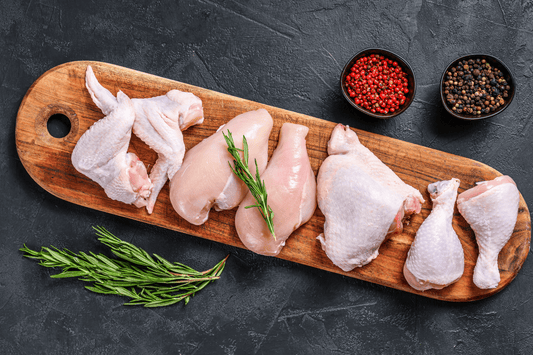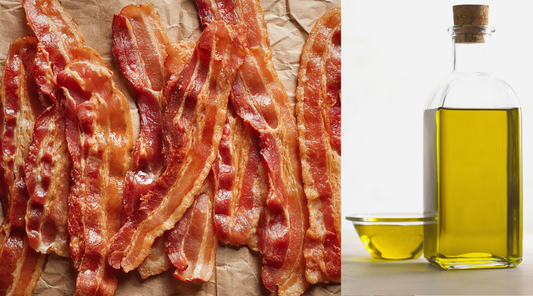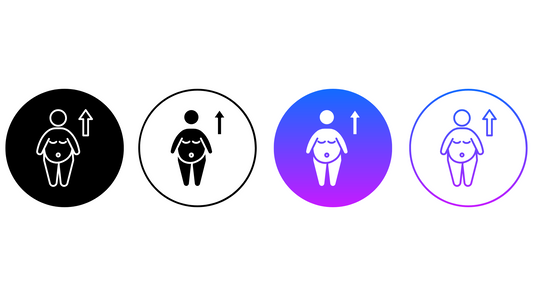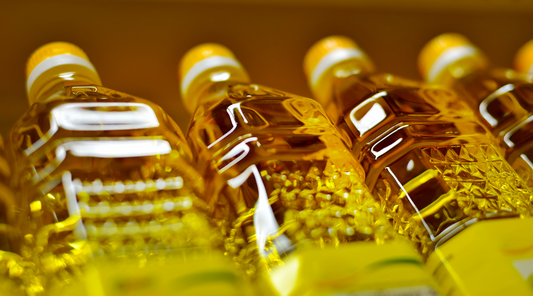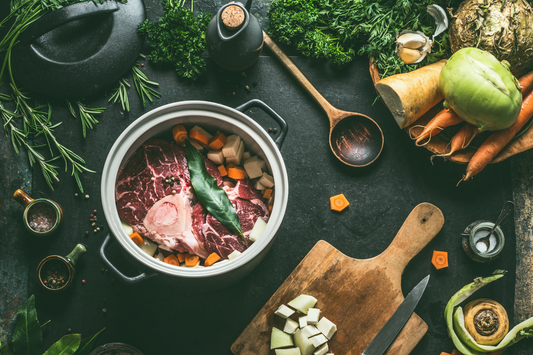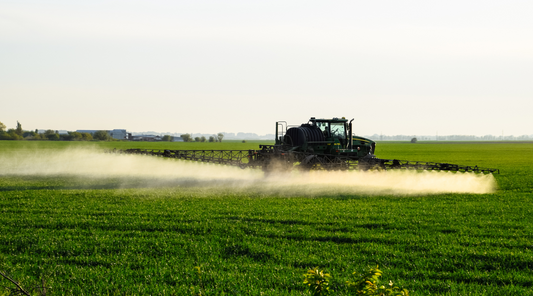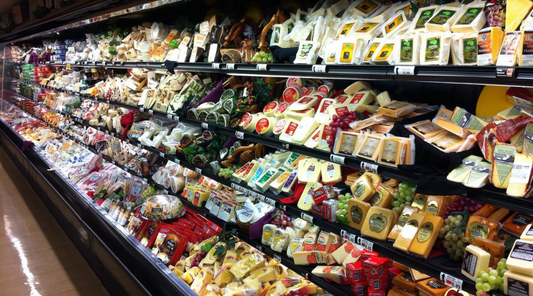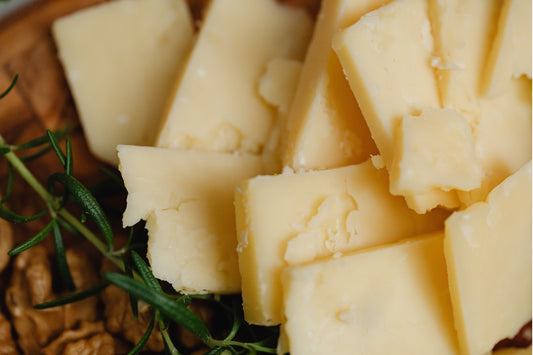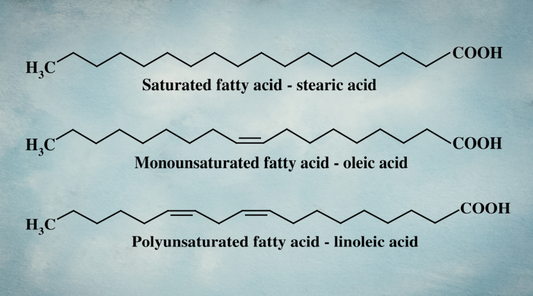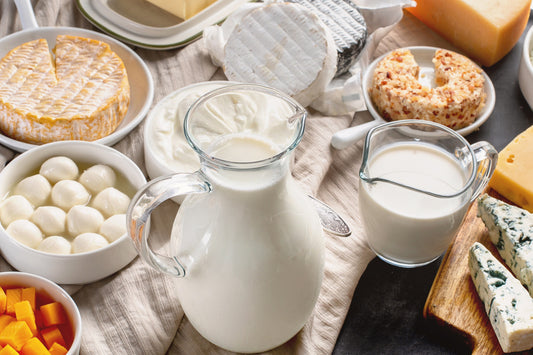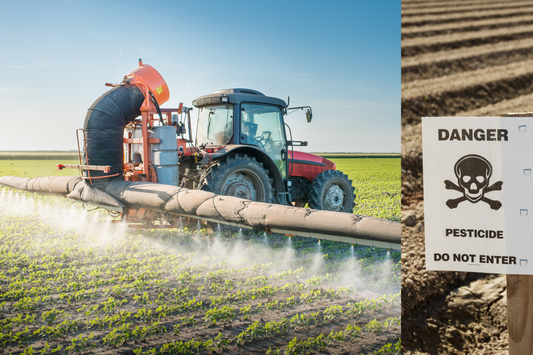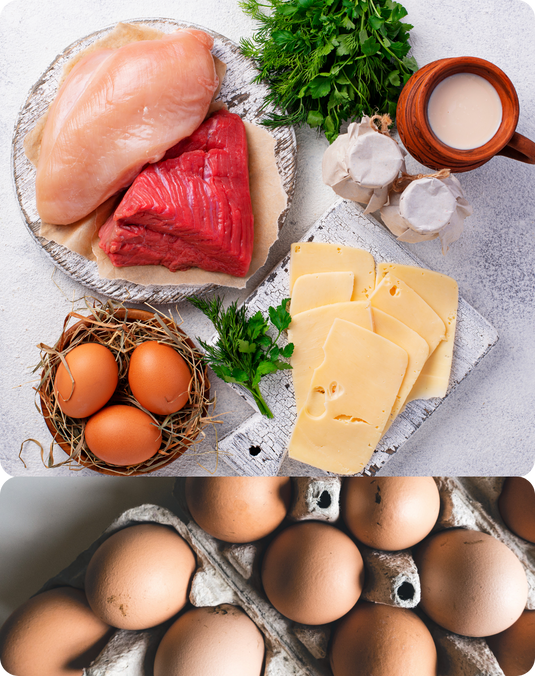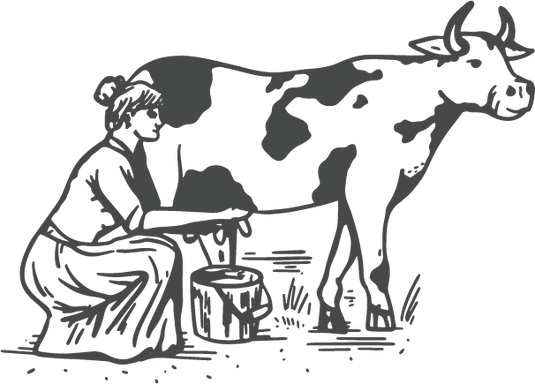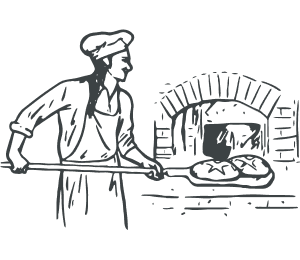
How to Follow a Low PUFA Diet (and Why You Should)
Thinking about switching to a low PUFA diet? You’re not alone.
More people are waking up to the idea that not all fats are created equal. Polyunsaturated fatty acids (PUFAs), especially those from industrial seed oils, have become a major part of the modern diet, and research suggests they may be harming our health.
Diets higher in PUFAs can…
-
Lower metabolic rate
-
Impair carb utilization and increase insulin resistance
-
Change your body’s own fat composition
-
Reduce energy levels
-
Disrupt hormones
-
Increase your risk of being overweight
-
Increase cellular damage
-
Accelerate skin damage & aging
-
Disrupt gut health
-
Weaken immune system
You can learn more about the health consequences of PUFAs here.
A low PUFA diet focuses on reducing these unstable, easily oxidized fats that can promote inflammation and metabolic dysfunction.
Instead, it emphasizes traditional fats, the kinds our ancestors unknowingly relied on simply because that was what food naturally contained. Their diets had a higher saturated-to-unsaturated fat ratio because they used very different fat sources than we do today.
Higher PUFA intake today is only possible because of mass industrial agriculture, seed oil extraction, and large-scale confinement feeding operations (CAFOs).
In this guide, you’ll learn exactly how to follow a low PUFA diet, which foods to avoid, and the healthier alternatives you can choose for better metabolic health.
So let’s relearn what our great-grandparents did naturally.
What are PUFAs?
Polyunsaturated fats, PUFAs, are a type of fatty acid so they will only be present in foods that contain fat, and not in pure carb sources such as potatoes, fruit, veggies, sourdough bread and rice.
Foods that contain fat include eggs, dairy, cooking fats, fatty cuts of meat, most processed and packaged food.
But not all fat sources are created equal. The health effects of fat depend on its fatty acid composition.
There are three main types of fatty acids:
-
Saturated Fats (SFA): Contain only single bonds between carbon atoms, making them more stable and resistant to oxidation. Examples include stearic acid, palmitic acid, C15:0, and lauric acid. Found in butter, dairy fats, tallow, and well-raised meats.
-
Monounsaturated Fats (MUFA): Contain one double bond, making them slightly more reactive than SFAs but still relatively stable. Olive oil (high in oleic acid) is a well-known MUFA source. Not the dominant fat source in our ancestor’s diet.
-
Polyunsaturated Fats (PUFA): Contain multiple double bonds, making them highly prone to oxidation. This category includes both omega-6s like Linoleic Acid (LA) found in seed oils and omega-3s like plant-based ALA high in seed oils, nuts and flax and DHA and EPA, high in fish.
Our intake of plant-based PUFAs like ALA and LA has drastically increased relative to our ancestors.
Now, all fat sources contain a mix of these types of fats, but their ratios vary dramatically.
For example, butter and cheese contain a much higher proportion of saturated fat and a more favorable saturated-to-unsaturated fat ratio compared to margarine, which is made from seed oils and loaded with PUFAs.
While both may contain similar amounts of total fat per tablespoon, their composition and the ratio between saturated and unsaturated fats determines how they affect cellular health, metabolic signaling, and overall function in the body.
Paying attention to the types of fat in your diet is critical for your health!
How to follow a low PUFA diet?
It comes down to choosing higher-quality fat sources.
Because dietary fat has such a profound impact on health, I’d argue that prioritizing low-PUFA options is one of the most important food sourcing decisions you can make.
But let’s be clear: zero PUFA isn’t the goal, nor is it realistic. Tiny amounts of PUFAs naturally occur in animal fats in appropriate ratios—and that’s fine. The problem is modern, refined, plant-based oils and high-PUFA feed in industrial animal farming.
While seed oils are the most concentrated source of PUFAs, conventional chicken, pork, and eggs are sneaky modern sources thanks to industrial feed systems.
You are what you eat, and what your food eats.
A high-PUFA diet for livestock means more PUFAs in the meat, eggs, and fat you eat. This shift didn’t exist for our ancestors, but now conventional pork, chicken, and eggs can contain as much PUFA as canola oil.(r,r)
Foods that contain Higher Amounts of PUFAs:
-
Seed oils (Corn Oil, Soy Oil, Canola Oil, Margarine, Grapeseed Oil, Rapeseed Oil, Sunflower oil, Safflower Oil, Peanut Oil)
-
Plant-based dairy alternatives like Soy Milk, Almond Milk, Oat Milk
-
Flax and flax oil
-
Nuts and seeds
-
Nut butters
-
Processed and packaged food that contains any of the above ingredients
-
Most salad dressings
-
Fatty cuts of conventional chicken and pork such as chicken thighs, drumsticks, wings, pork chops, bacon, ground pork.
-
Conventional eggs and “Omega 3” eggs (enriched with flax, increasing ALA PUFA you likely don’t need more of)
Tips for Reducing PUFAs in Your Diet:
Here are tips to help you reduce your exposure and follow a low PUFA diet:
1. Choose better cooking fats
Avoid:
-
Soybean oil
-
Corn oil
-
Vegetable oil
-
Margarine
-
Canola oil
-
Sunflower oil
-
Safflower oil
-
Grapeseed oil
-
Flax oil
-
Rice bran oil
Instead, use:
-
Butter, ghee, tallow, coconut oil
-
High-quality lard (from low-PUFA-fed pigs)
-
Avocado and olive oil sparingly (they’re better than seed oils but won’t help restore a proper metabolic and fat balance as effectively as animal fats)
2. Read ingredient lists
Most packaged foods sneak in seed oils! Watch out for salad dressings, sauces, marinades, pizza, potato chips, tortilla chips, baked goods, and even some modern bread. Get in the habit of reading labels carefully.
3. Be mindful about eating out
Most restaurants cook with cheap seed oils. Once in a while is fine, but regular dining out can undermine your efforts.
-
Ask for food steamed or grilled without oils.
-
Request butter or tallow if possible.
-
Use apps like Seed Oil Scout to find restaurants avoiding seed oils.
-
Choose beef or lamb dishes over conventional chicken and bacon. If ordering chicken, opt for lean cuts like breast since these will contain less PUFAs.
4. Choose better chicken and pork
Look for pasture-raised, corn- and soy-free, low-PUFA feed sources.
Our own fatty acid testing shows that when chickens and pigs eat a low-PUFA diet, the meat and eggs they produce contain less PUFA too.
5. Prioritize fats that are naturally higher in saturated fat:
-
Butter, tallow, ghee, coconut oil, and low-PUFA lard for cooking and baking
-
Dairy fats: cheese, milk, cream, yogurt
-
Pasture-raised ruminant animal meat like beef, lamb, bison and yak
-
Low-PUFA eggs (from hens fed a species-appropriate diet)
-
Low-PUFA pork and chicken (from animals raised on proper feed)
Where can you find Low PUFA eggs, pork and chicken? Nourish Food Club! More on that below.
SFA:UFA Ratio
To really drive this point home, let’s compare two examples of daily fat sources, each providing the same total of 60 grams of dietary fat.
But due to the different biochemical structures, different saturated to unsaturated (SFA:UFA) ratios send different metabolic signals.
So with the example on the left, the SFA:UFA > 1, and it consists of 3 corn & soy free Low PUFA Angel Acres eggs, 2 oz cheese, 1 Tbsp butter, ground beef, and some cottage cheese.
Now compare this to a different 60 grams of fat, but more unsaturated fat rich sources. Where the SFA/UFA ratio is < 1. Fried chicken, oat milk, margarine, French fries and potato chips - fried in vegetable oils.
This is going to lead to different metabolic signals inside your body! You don’t have to be strict about a SFA:UFA ratio, just wanted to highlight that your cumulative dietary fat sources will impact metabolic signaling to your body - impacting carb metabolism, oxidative damage, inflammation, and fat storage.
The Nourish Difference
It didn’t use to be this hard to eat a low PUFA diet. Our ancestors did it without trying. They cooked with traditional animal fats that nourished generations.
Industrial agriculture changed all that.
Seed oils became cheap and ubiquitous. Livestock feeding practices shifted, changing the fat in our meat, eggs, and dairy.
After a century of manipulating food to fit a false health narrative, it’s time to return to the truth. Our food’s fatty acid profile matters. It affects our health at the cellular level.
At Nourish Food Club, we got fed up with not being able to source truly trustworthy, traditional animal products. So we built our own supply chain from the ground up.
We care about every step: from the soil to your plate. Our beef, lamb, and dairy sheep are 100% grass-fed on pasture. Our chickens, pigs, and dairy goats are fed a custom, low-PUFA, corn- and soy-free diet designed to produce meat, eggs, and dairy with higher stearic acid and saturated fats and lower harmful unsaturated fats—just like our great-grandparents enjoyed.
Our goal is simple: restore the healthier fat balance food used to have.
This is food the way it was meant to be: before industrial ag loaded everything with PUFAs. Carefully produced to support your metabolism and health.
👉 Experience the Nourish Difference
Summary
Be mindful of not just how much fat you eat, but what kinds.
You are what you eat.
And you are what you eat, eats.
Sourcing the highest-quality fats you can is one of the best things you can do for your health.
When it comes to lowering your PUFA intake, consistency is key. If you keep eating high-PUFA foods, you’re constantly refilling your fat stores with the same unstable compounds, keeping yourself stuck on the metabolic hamster wheel.
When in doubt, ask yourself: “WWGGD?” (What Would Great-Grandma Do?)
Would she use soy milk and canola oil? Or real milk and butter?
Stay saturated.






